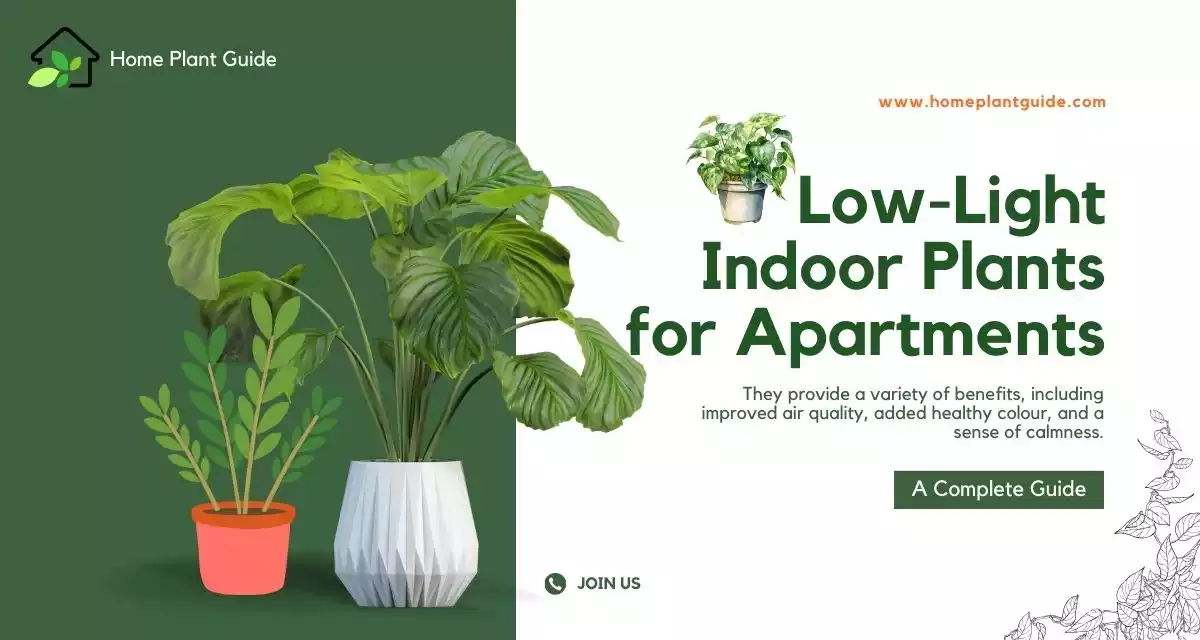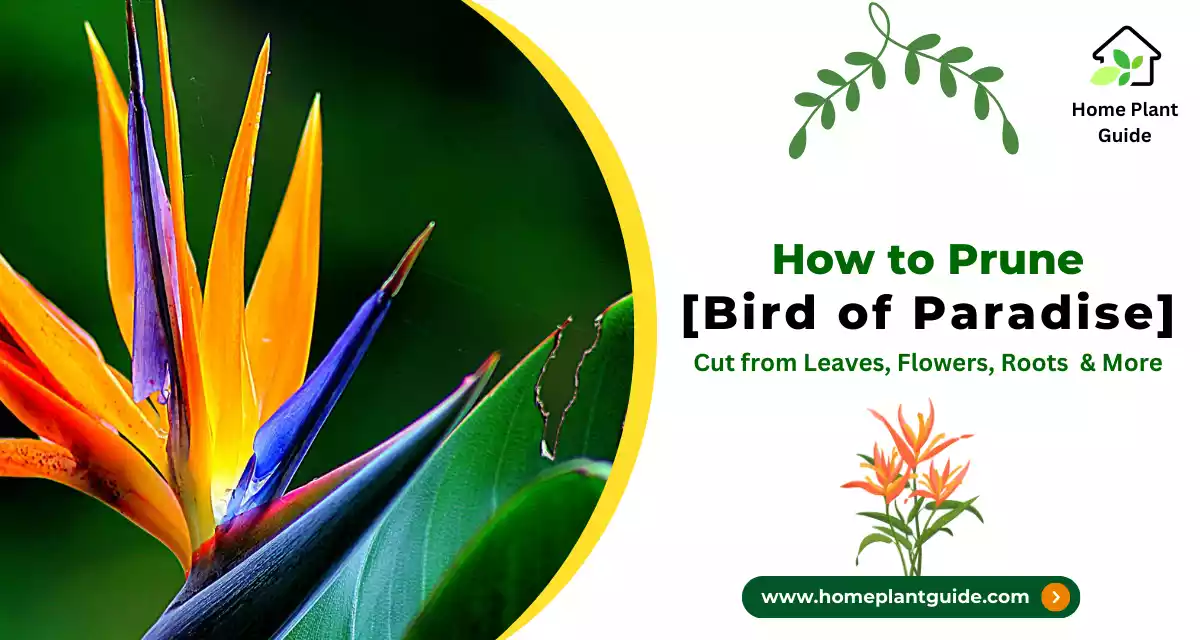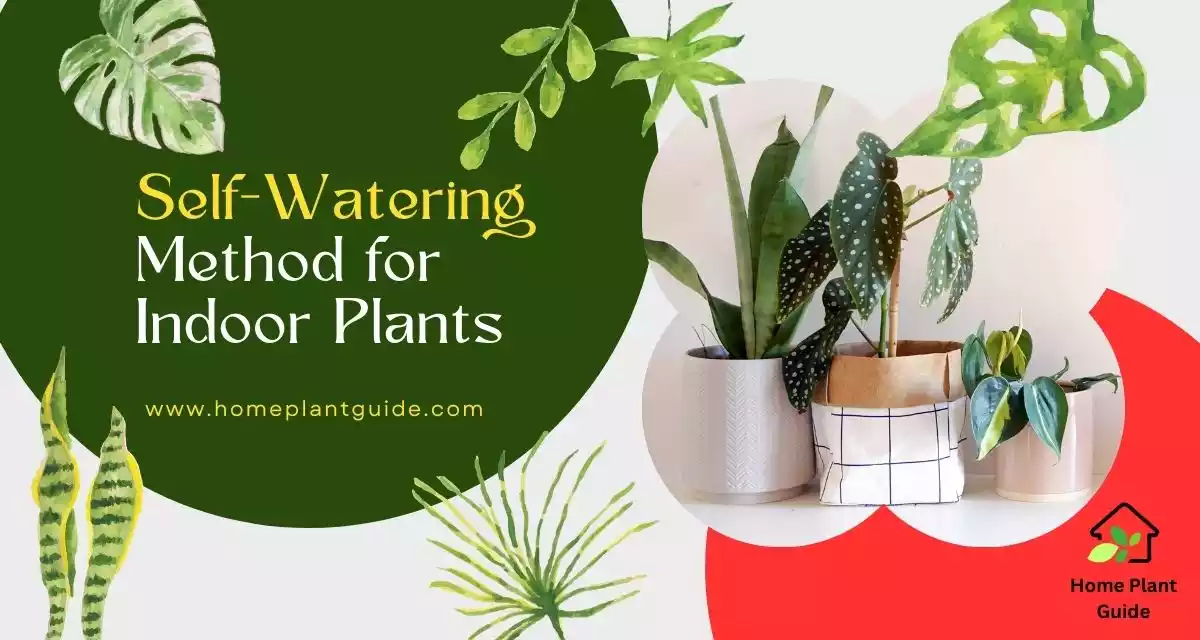Cats are a very popular pet choice. Here we provide a few tips on how to choose non-toxic indoor plants for cats and select the right houseplants for your particular situation.
They can add a lot of joy and companionship to our lives. But, as cat owners, we also have a responsibility to keep our feline friends safe and healthy.

Whether you are a first-time cat owner or a seasoned cat lover, this discussion will provide valuable information to help you create a safe home environment for both you and your faithful feline friends.
In this blog, we will discuss the importance of choosing safe and non-toxic houseplants for cat households.
In This Article
Non-Toxic Indoor Plants for Cats That are Safe
It is important to choose ones that are non-toxic plants for your feline friends if you are a cat parent and want to incorporate plants into your home decor.
Some of the most popular cat-safe plants include spider plants, pothos, philodendrons, and snake plants.
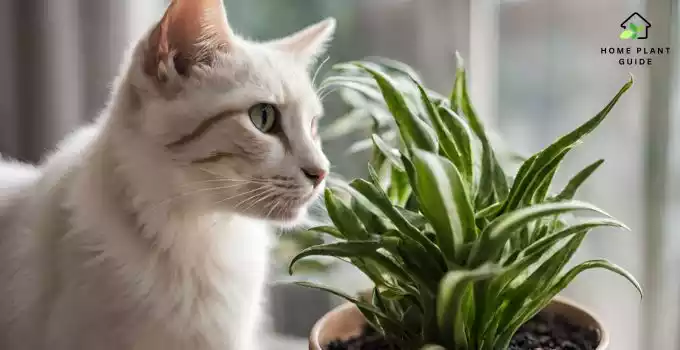
These plants can help improve air quality, add visual interest to your space, and even reduce stress.
All while staying off your kitty’s “do not eat” list. So, next time you are out plant shopping, keep your cats in mind and choose wisely.
Importance of Choosing Safe Indoor Plants for Cats
When selecting plants for your home, it is essential to do your research. Check online sources or consult with a local gardening expert to ensure that the plants you choose are harmless to cats.
Additionally, place plants in areas that are difficult for cats to reach. Such as on high shelves or in rooms that are off-limits to them.
By taking these simple steps, you can create a safe and fulfilling environment for both you and your feline friends.
Common Toxic Plants to Avoid for Cat Households
Here are some common toxic plants to avoid in a cat household:
1. Lilies
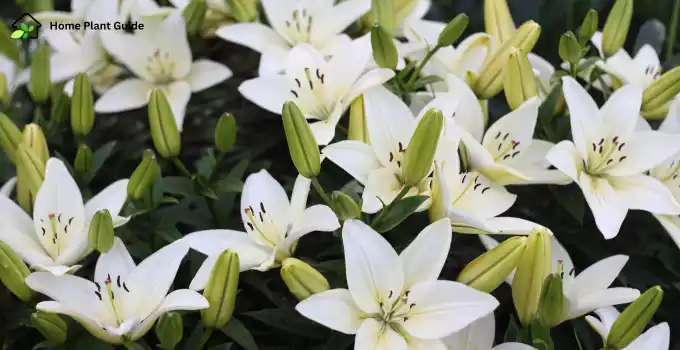
All types of lilies, including Easter lilies, are highly toxic to cats. Even just a few leaves or petals can cause kidney failure or kidney damage in cats.
2. Sago palms

Cats who consume sago palms may develop gastrointestinal problems. Including diarrhea and vomiting and can even cause liver failure.
3. Pothos

While pothos plants are relatively harmless to cats, the chemical crystals that form on their leaves can irritate if ingested.
4. Peace lilies

Peace lilies are another plant that is considered moderately toxic to cats. Ingestion can cause oral irritation, vomiting, diarrhea, and even death in severe cases.
5. Philodendron
Philodendron is a tropical vine plant that is popular in home decor. However, cats should be kept away from philodendron plants.
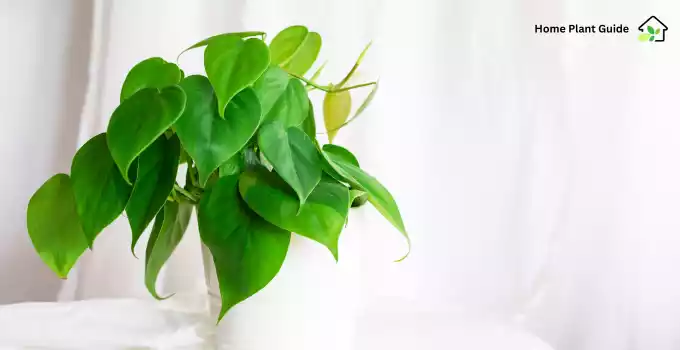
The leaves and stems contain a toxic chemical that can cause damage to the oral cavity and digestive system.
6. African violets
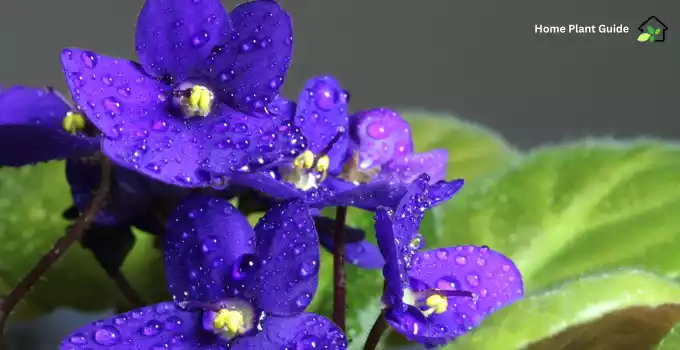
African violets contain a mild form of cyanide and can cause mild symptoms such as vomiting, diarrhoea, and depression when consumed by cats.
7. Azalea
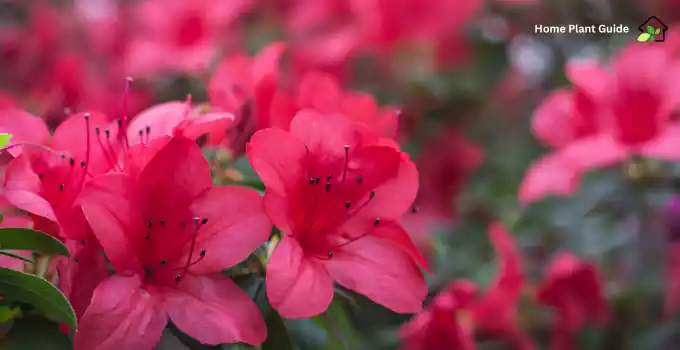
Azaleas contain hydrogen cyanide, which can be toxic to cats if ingested. Symptoms can include vomiting, diarrhea, decreased appetite, and lethargy.
How to Care for and Maintain House Plants Safely with Cats?
Houseplants can add beauty and freshness to your home. But they can also be a potential hazard for cats. Some plants are toxic and can cause health problems for your feline friend.
There are several ways you can care for and maintain houseplants while making them safe for cats.
Choose cat-safe plants
Not all plants are safe for cats. It is important to choose only non-toxic alternatives.
Some common cat-safe plants include spider plants, pothos, and snake plants.
Raise plants out of reach
Cats are natural climbers, so it is important to place your pots in areas that are difficult for them to reach.
Try to consider high shelves or use plant stands to keep pots up and away from curious paws.
Regularly inspect your plants
Check your plants regularly for any signs of cat tampering. Such as torn leaves or nibbled plant stems. Also, regularly inspect your plants for any pests that may attract cats.
Proper maintenance and care
Keep your plants healthy and free from disease with proper maintenance and care. Such as watering, fertilization, and pruning. Keeping plants healthy and free from disease.
It reduces the likelihood of attracting pests that could be harmful to your pet.
Monitor your cat’s behavior
Keep an eye on your cat’s behaviour around the plants. If your cat is showing signs of discomfort or digestive issues, such as vomiting, diarrhea or decreased appetite.
They may have consumed a toxic plant. You should contact your veterinarian immediately.
Pro Tips
- Your plant’s growth and health depend on the quality and quantity of light available in your home. Choose plants that thrive in the amount of light that you have available.
- Consider the size of the plant and the space available for it in your home. Larger plants might need more space than you have available.
- Different plants have different care requirements. Choose plants that are easy to care for and that you can reasonably maintain in your home.
- The purpose of choosing a houseplant is to brighten up your home. Choose plants that you like the look of and that harmonize with your home’s decor.
Conclusion
In conclusion, choosing safe and non-toxic houseplants is essential for the well-being of your feline friend.
Choosing cat-safe plants, raising plants out of reach, regularly inspecting your plants and carefully choosing the right plants are all important steps in ensuring your pet’s safety.
While still enjoying the beauty and freshness of houseplants. By following these tips, you can enjoy the benefits of your pets and houseplants while maintaining safety.
FAQ:
Q: How do I choose the right houseplant for my particular situation?
Consider factors such as light, space, maintenance, and appearance. Choose plants that are easy to care for and that you can reasonably maintain, and choose plants that harmonize with your decor.
Q: Can I use air-purifying plants for cats?
Yes, some air-purifying plants such as spider plants, snake plants, and pothos are considered safe for cats. It is always best to do your research on any plant you are considering before bringing it into your home.
Q. Can I use plants to deter my cat from scratching furniture?
Yes, but it is important to research which plants are safe for cats and choose ones that have a bitter or unpleasant taste.
Q. Can I give my cat catnip as a treat?
Yes, catnip is a perfectly safe treat for cats and can be used as an occasional treat. Use it in moderation and make sure your cat is not allergic before giving it to them.
Read More Healthy Plantation Tips:

